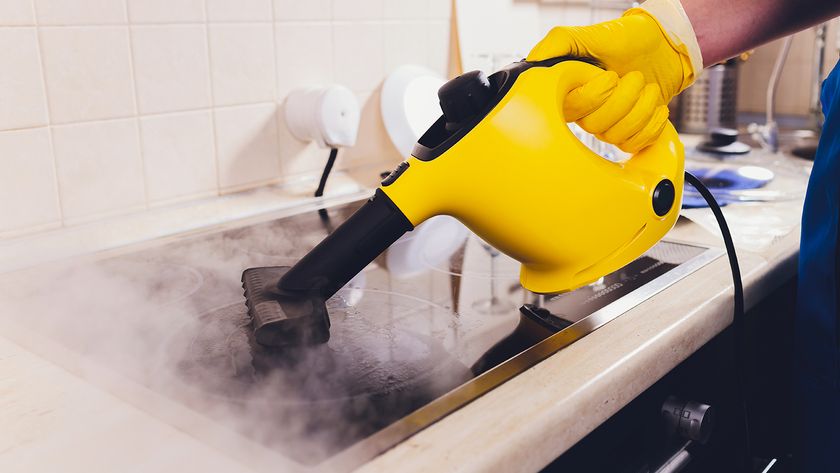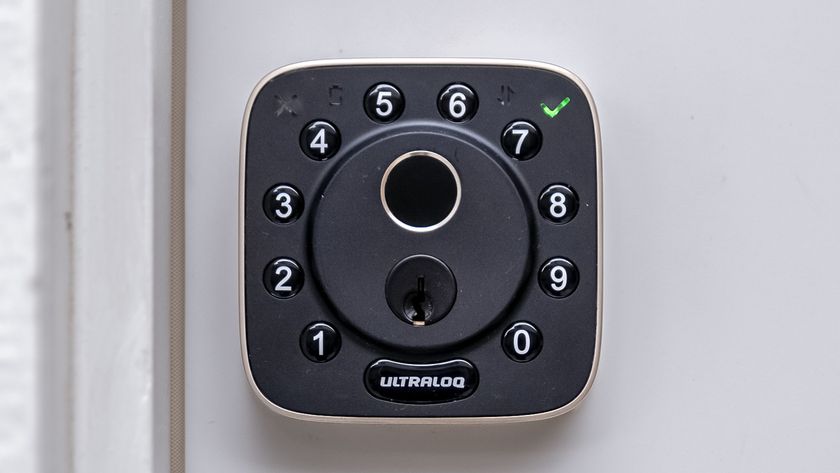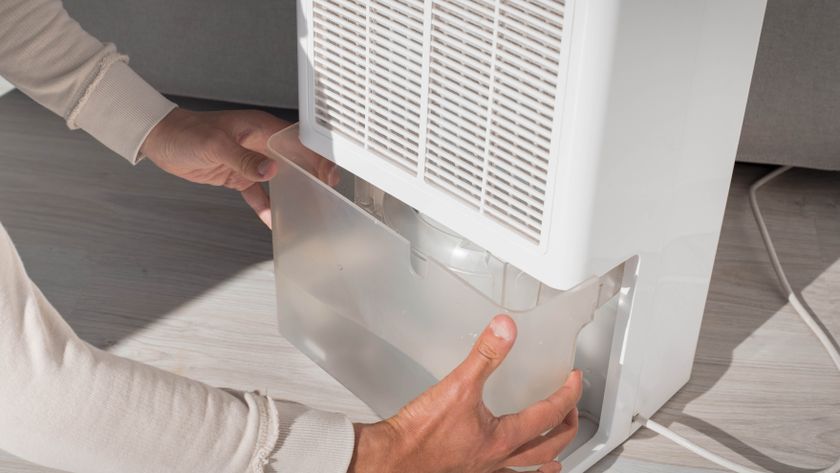5 home improvement projects you should never DIY
The home improvements that you should just leave to the experts

Whether you’re a fan of home renovation shows and want to take on a challenge, or simply want to save money on expensive quotations, there are just some home improvement projects you should never DIY.
And while you might consider yourself as skilled and “capable”, such projects could lead to more harm than good. Not only are major renovations dangerous to do — especially without the proper equipment and knowledge, but you could seriously damage your property. What’s more, certain jobs require a permit, so you’ll need to know your city’s building codes before remodeling your home. In any case, these jobs should be left to the professionals at all times.
So before you start any big renovations, beware of these home improvement projects you should never (ever) DIY, according to an expert.
1. Tearing down a partition wall

We’ve all seen those HGTV home improvement shows, where an owner takes a sledgehammer and starts tearing down a wall. And while this is a common practice to open up a space and create more room, this should never be done without professional help.
This is because some walls are load-bearing, and if you’ve not had a building expert or architect to assess this first, you could put at risk the structural integrity of your home. And the last thing you want is to make it unsafe for you and your family in the long-run.
“A common misconception of home renovation is that it’s as simple as grabbing a sledgehammer and taking your anger out on a wall,” says Clint DeBoer, home renovation expert and founder of Pro Tool Reviews. “While fun—there's a bit more to it than that! Tearing down a wall can be complicated and dangerous. For example, a load-bearing wall cannot be removed without significant structural reinforcements to replace the function of that wall. You do not want to compromise the structural integrity of your entire home just to open up your kitchen or bathroom!
You also need to be aware of any electrical wiring or plumbing that could be hidden within a wall. If any are present, you need to take special care to access them. They will ultimately need to be relocated or removed before the wall is fully removed. In addition to the structural knowledge required to safely carry this out, understanding the rules that govern relocating and moving a drain or water supply also leads us to recommend a professional be involved in these larger projects”
Sign up to get the BEST of Tom's Guide direct to your inbox.
Get instant access to breaking news, the hottest reviews, great deals and helpful tips.
2. Roof repairs

This might seem obvious, but there are some homeowners who may get the urge to get up on their roof to fix an annoying leak or replace a broken tile. Again, roof repairs are complicated, subject to harsh weather conditions and should never be tackled by yourself — not to mention how unsafe it is to work at height.
“You may be tempted to take the risk when sorting out a leak or a few broken shingles. If your roof needs major repairs or replacement consider contacting a contractor to assess your home. The risk of injury when working at height on a roof increases with the scope of work and the pitch of the roof. With anything over a 3/12 pitch (a 3-inch rise every 12 inches), the risk of injury is much higher – you should really consider hiring a professional. It goes without saying that installing or replacing a metal or tile roof requires even more know-how.”
The same applies with installing solar panels on your roof, and you should seek professional guidance. Before you do though, check out these 7 things to know before buying solar panels.
3. Electrical projects

Whether it’s rewiring for new lighting in your home or an advanced electrical project like an EV charger for your car, these complex jobs should always be left to a qualified electrician.
“The general rule to any advanced electrical project is to never attempt it unless you are experienced in the field. If you need to replace a ceiling fan, outlet, or switch, you can use tools like non-contact voltage detectors to ensure you have properly disabled the breakers before working on the circuit.
For larger projects, like installing a high-current EV charger or working on your home's electrical mains is well beyond the skillset for most DIYers. You can also potentially create more problems than you solve. Since working with electricity can potentially result in major injuries, property damage, or even fatalities if handled improperly, you want to make sure you know what you don't know and enlist the help of an electrician whenever possible.”
It’s not worth putting yourself or your home in serious danger, no matter how straightforward it might look. The pros know best!
4. Painting the exterior of your home

You might enjoy decorating and mastering how to paint a room like a pro, however, painting the exterior of your home isn’t as simple!
Similar to reasons why you should never fix your roof, painting your home’s exterior often involves working from great heights and is dangerous. What’s more, if you don’t check the conditions of your wall, or use proper paints that are suitable for your property, you could be exposing your home to the elements. As a result, you could risk causing long-term damage, and costly repairs!
If you’re giving a home a makeover, you might want to know how to choose the best paint for your interior finish — from durability to sheen.
5. Taking down trees

We all want to ensure our gardens and yards look neat and presentable, but there's a difference between attacking a rose bush with a pair of pruning shears and tackling a fully grown tree. If large or overgrown trees are taking over your space or blocking natural light, you might be tempted to take a power-tool to it. However, taking down a tree without the proper knowledge and equipment is a no-no, and should be left to a professional.
Additionally, in some city codes, you will need a permit to remove certain types of tree, depending on location, age and the type of property you have. For such reasons alone, a call out to your local arborist or tree removal service might be well worth it.
“While cutting off low-hanging branches is typically a very manageable job, cutting down a whole tree is not. Height can be deceptive, and chopping down a tree without knowing exactly how it will fall risks damaging surrounding houses, structures, or other property. Additionally, if you don't cut down a tree properly, you can encounter a "barber chair" incident where the tree splits near the base and kicks out toward the saw operator. This is extremely dangerous and professionals understand how to mitigate this.
Our key advice on tree removal can be summed up in three points. If the tree is larger than 12 inches in diameter, stands even remotely close to other structures, or stands more than 25 feet in height, it's probably best to leave this job to an expert arborist.”
More from Tom's Guide

As the Homes Content Editor, Cynthia Lawrence covers all things homes, interior decorating, and garden-related. She has a wealth of editorial experience testing the latest, ‘must-have’ home appliances, writing buying guides and the handy ‘how to’ features.
Her work has been published in various titles including, T3, Top Ten Reviews, Ideal Home, Real Homes, Livingetc. and House Beautiful, amongst many.
With a rather unhealthy obsession for all things homes and interiors, she also has an interior design blog for style inspiration and savvy storage solutions (get rid of that clutter!). When she’s not testing cool products, she’ll be searching online for more decor ideas to spruce up her family home or looking for a great bargain!





















